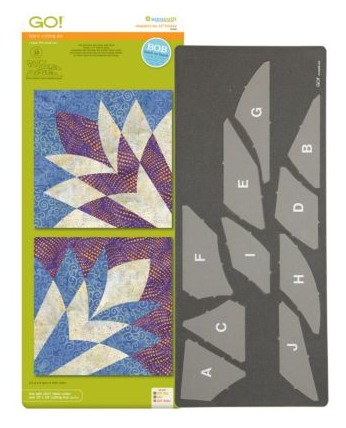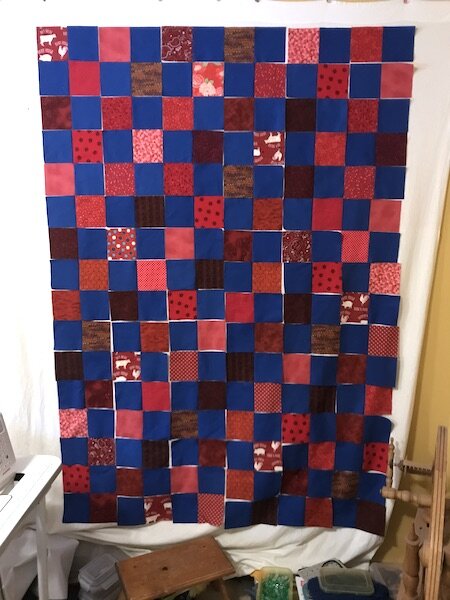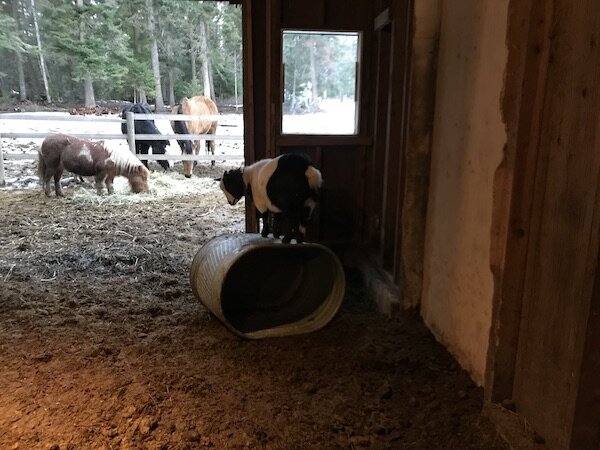Saved From the Landfill
The new year started out well, but it has gone sideways in the past 48 hours. I apologize for the lack of specifics, but the details are not mine to share. The husband, the girls, and I are fine, but we would gladly accept any prayers, positive energy, and healing thoughts you would like to send in our family’s direction.
Needless to say, in the face of the news we received this week, I’ve had some trouble focusing. And of course, I am not allowed to deal with just one thing at a time. My beloved LaserJet 1200 printer, which has been an absolute workhorse for the past 24 years, decided this would be a good time to malfunction. Yesterday morning, it started making a horrible screeching noise and refused to pull in paper. I unplugged it and let it sit while I dealt with an overflowing queue of work that included a 25-minute stat report. (I hit a total of 103 audio minutes yesterday morning, well above the average of 65-70 minutes a day that I have been doing.)
Apparently, some part of my brain decided that because I know how to refurbish mechanical sewing machines, I must also be capable of tearing down and repairing intricate computer equipment. I found a YouTube video addressing the exact issue my printer was having, so after lunch, I got out the screwdriver and set to work.
I really should have watched the whole video before I started. I got to this point:
and hit a wall. I was so tapped out mentally that I couldn’t go any further. I was ready to admit defeat, but just then, the husband came home from work.
After taking a look at the mess on my desk and noting my obvious state of mental exhaustion, he said he would watch the video after dinner and see if he could finish the job I started. And he did. He found the motor, lubricated the motor bearing, and put that part back together. I reattached the required cables and closed up the case. He carried the printer back to my desk, and I plugged it in and held my breath.
It works!
The horrible screeching noise is no more and it prints beautifully, as always. Will we get another 24 years out of it? Maybe not, but I’ll use it until it can’t be fixed any longer.
*************************************************
The only sewing I did this week was to sew some patches onto a backpack for Elysian’s little guy. His birthday is next week and she bought him this backpack in anticipation of all the hiking and camping they plan to do this summer. I was able to sew two of the patches down with the Necchi industrial. I whipstitched the other ones in place by hand.
I started reading this:
which I ordered in hard copy rather than digital format just because I thought it would be a good addition to the library. I am enjoying it so far. It is not a scholarly work, something the author notes up front. I find the explanations of spinning and weaving to be a bit simplistic—at a level for the intended audience—but the writer’s style is engaging. (If I want scholarly, I can always go back and read Women’s Work: The First 20,000 Years.)
I will regain my equilibrium. After all, I have lots of experience with the universe throwing random wrenches into the works. I canceled today’s piano lesson. Perhaps a couple of hours of chain-piecing half rectangles with Vittorio will help calm my brain.












































